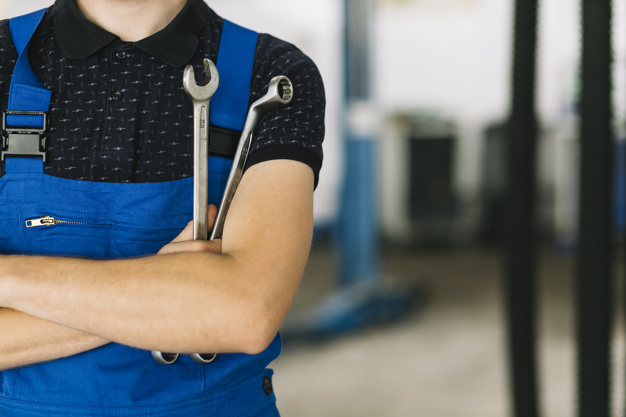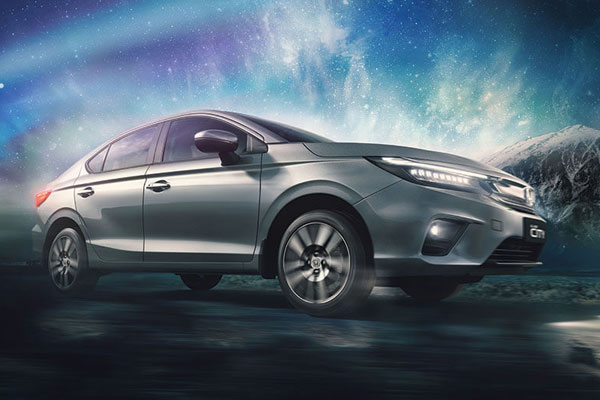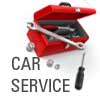Top 10 Safety Features in a Car
With passing time, everything evolves and the auto industry and the technologies revolving around it have also evolved and are highly advanced now. Modern cars are not only made to impress visually or with performance, they are made to offer great safe rides to all the occupants as well. Safety is one of the most important aspects of a modern car, and car makers are busy loading their offerings with tons of superbly sophisticated safety features.
Along with the most important basic safety features, there are several cutting-edge safety technologies which have really brought about a revolution in the industry by making cars safer than ever before.
Here is a list of top 10 safety features / technologies.
1. Air Bags
Air bags are one of the most crucial auto safety features. On the event of an impact or collision, the front air bags inflate to prevent the driver and front co-passenger from hitting their heads on the dashboard and steering wheel or go forward to smash the windshield. The side air bags protect the occupants from hitting the doors and the objects that crash through them. However, air bags are strictly to be used in conjunction with seat belts for proper protection and maximum effectiveness.
2. Antilock Braking System
Antilock brake system (ABS) avoids in locking the car’s wheels from locking on the event of a “panic” braking. This allows the driver to have a proper steering control which can effectively avoid a collision rather than sudden breaks. Nevertheless, ABS cannot guarantee the ability to prevent a crash, which actually no safety feature guarantees, but just offer greater protection.
ABS simply helps by offering greater control of the steering to the driver in the real need of the hour. However, vehicle control can still be lost at high speeds or in case of sharp and sudden turns. Thus, the optimum protection from ABS can be achieved only through the correct usage of ABS.
ABS can be of two types - four-wheel ABS and two-wheel ABS. While four-wheel ABS monitor as well as control all the four wheels of a vehicle, two-wheel ABS monitors and controls only the rear wheels of a car. All passenger cars that are equipped with ABS, get the four-wheel ABS, while SUVs, trucks, and vans can be equipped with either four-wheel type or the two-wheel type ABS. Some ABS also come with brake assist system, which offers greater protection by detecting the force or speed of applied brakes and activates the ABS more rapidly.
3. Traction Control
Traction control enhances the stability of a vehicle by controlling the drive that makes wheels’ slip when excess power is applied. This safety feature automatically adjusts the engine’s power output. In some traction control systems, braking force is applied to selected wheels at the time of acceleration. Traction control is primarily found in vehicles that are equipped with four-wheel antilock braking systems.
4. Electronic Stability Control
Electronic stability control comes under several trading names and assists drivers maintain control of the cars in case of extreme steering maneuvers. Electronic stability control automatically detects when a vehicle is being over-steered or under-steered which can cause accidents and automatically applies brakes on to a single wheel in order to slow down the vehicle and reduces the risk of road crashes. Thus, the ESC system stops vehicles from veering off the road and striking other objects which can also cause rollovers. Thus, it is a very helpful safety feature, but it can’t keep a car from veering off during extreme steering maneuvers at very high speeds.
5. Hill-start Assist Control / Downhill-Assist Control
The Hill-start Assist Control (HAC) supports the drivers ascending steep hilly roads, thus making the vehicle more stable on steep hills and helps avoid slipping downhill. Some cars also get Downhill Assist Control (DAC) in conjunction to HAC to make descending slopes more hassle free and safer.
These two systems are meant to make the vehicles avoid sliding on steep or even on slippery surfaces. HAC diminishes vehicle roll-back, while DAC maintains vehicle speed at 5kmph to ensure the stability of the vehicle while descending sharp slopes or slippery roads.
6. Tire-pressure Monitoring System
Tire-pressure monitoring system comes as standard in most premium cars. This system works through sensors at the wheels which alert the owner when the air pressure in the tires is too low through a sound alarm or a light alert on the instrument panel, or uses both. This system also comes with run-flat tire feature in some luxury cars that lets a car to continue to drive on with flat tires at a relatively high speed for over 50 miles.
7. Adaptive cruise control / Collision Mitigation
Modern cruise control systems just don’t maintain a constant speed, but with help of sensors and radar also adjusts the throttle as well as brakes of a car to offer a safer drive by keeping a safe distance from the vehicle at the front. This feature if and when senses a potential collision, automatically applies brake and also tighten the seatbelts. Once the lane gets clear or smooth traffic, the system automatically returns the car to the original cruising speeds.
8. Blind-spot Detection / Collision Warning
This safety technology alerts about cars or objects that are in the driver’s blind spot while driving or parking the car. It usually responds when the turn signals are put on and alerts the driver when it detects something in the blind spot by flashing a light in the rear view mirror, or vibrate the seat or steering wheel or a sound alarm.
9. Lane-departure warning
This feature is similar to the blind-spot detection system, but has a wider range. It senses an approaching vehicle's distance and speed and warns of potential collision danger while changing lanes. This can also alert if the vehicle wanders out of the lane. It also usually alerts by vibrating the steering wheel or seat, or a sound alert.
10. Rollover prevention / mitigation
This smart technology senses a potential vehicle rollover in case of a rapid and sharp swerve. It will automatically apply brakes and also control throttle to help the driver maintain control over the vehicle. This is more common in high-end luxury cars.
Also read: Buying A Car in Eight Easy Steps
Back to All Car Maintenance Tips, Tricks, Article, Resources
To Know More Honda car dealer Andheri Mumbai, Visit Solitaire Honda Mumbai, Contact us at 022 67385588 or email us at sales@solitairehonda.com
Share This:
Source - autoportal.com
CAR MODELS
-
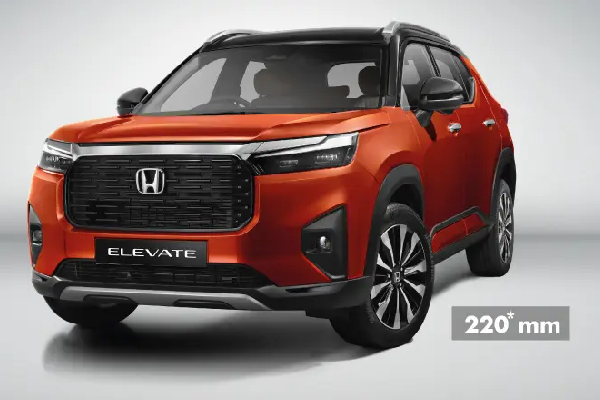 SUV
SUVALL New Elevate
-
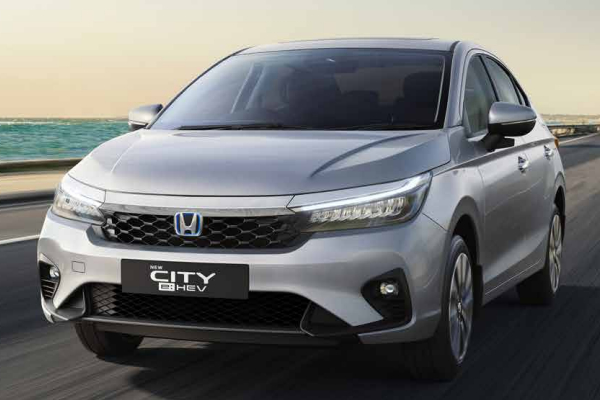 SEDAN
SEDANNEW CITY e:HEV
-
 SEDAN
SEDANNew Amaze



